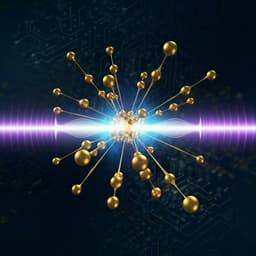
Chemistry
Direct tracking of H₂ roaming reaction in real time
A. 1, A. 2, et al.
Explore the fascinating world of molecular dynamics in this innovative study by Author 1, Author 2, and Author 3. Utilizing femtosecond IR radiation and Coulomb explosion imaging, the research unveils the intricate roaming reactions of neutral H₂, providing unambiguous insights into H₃⁺ formation mechanisms in acetonitrile.
Playback language: English
Related Publications
Explore these studies to deepen your understanding of the subject.







